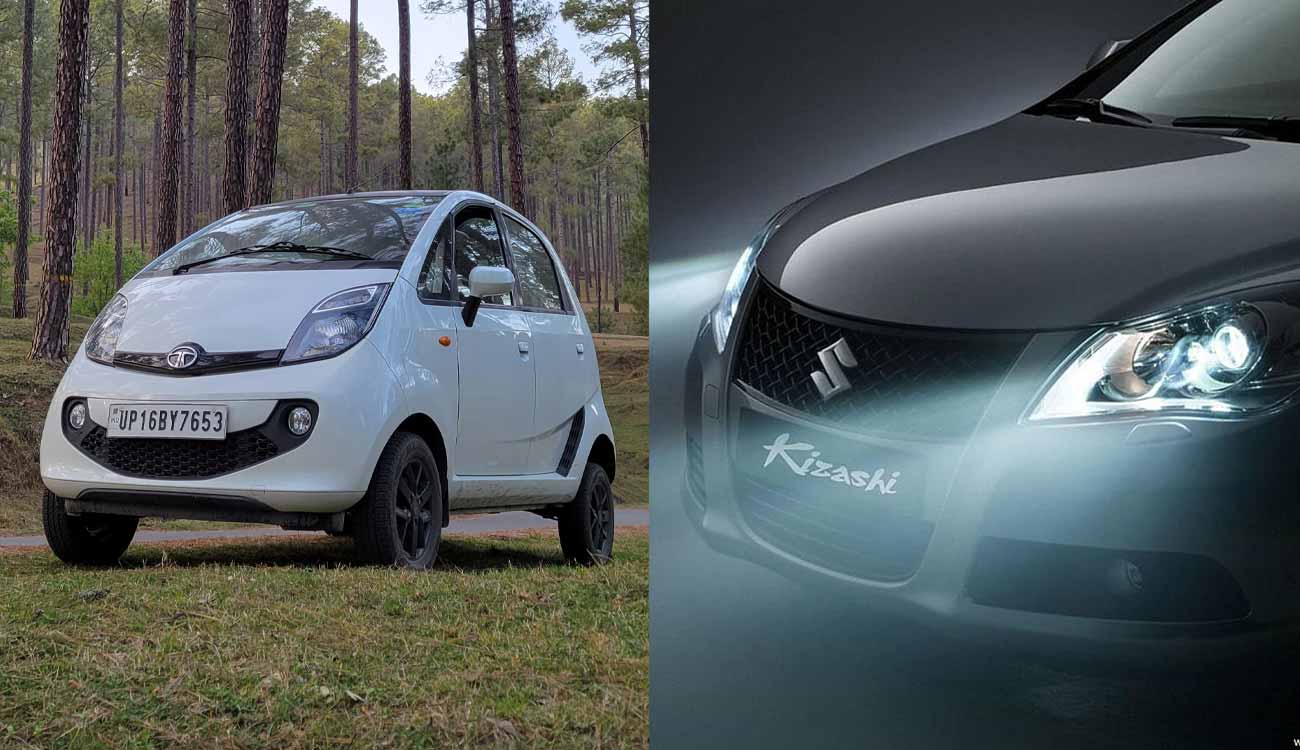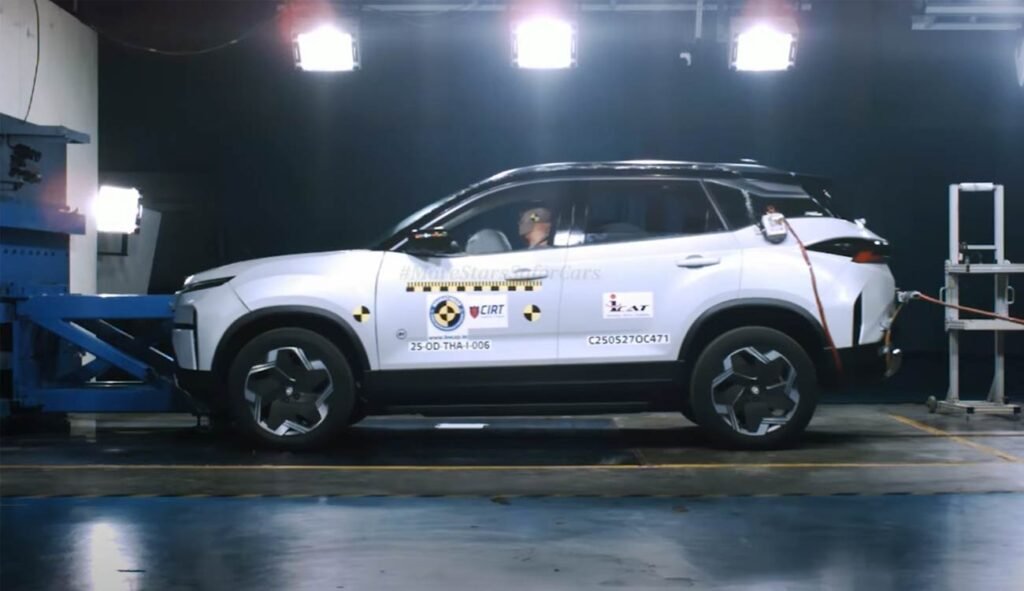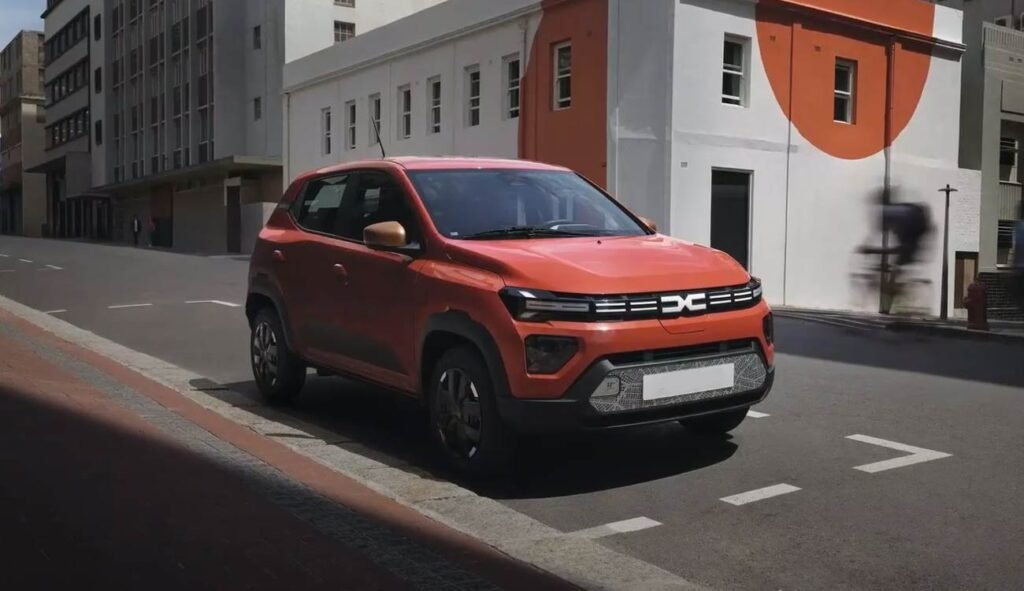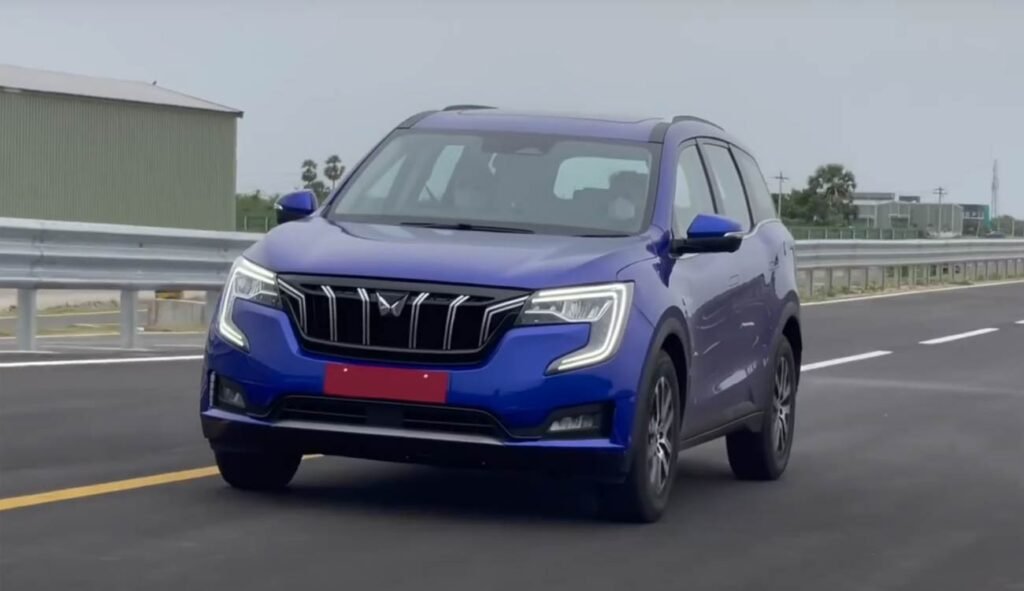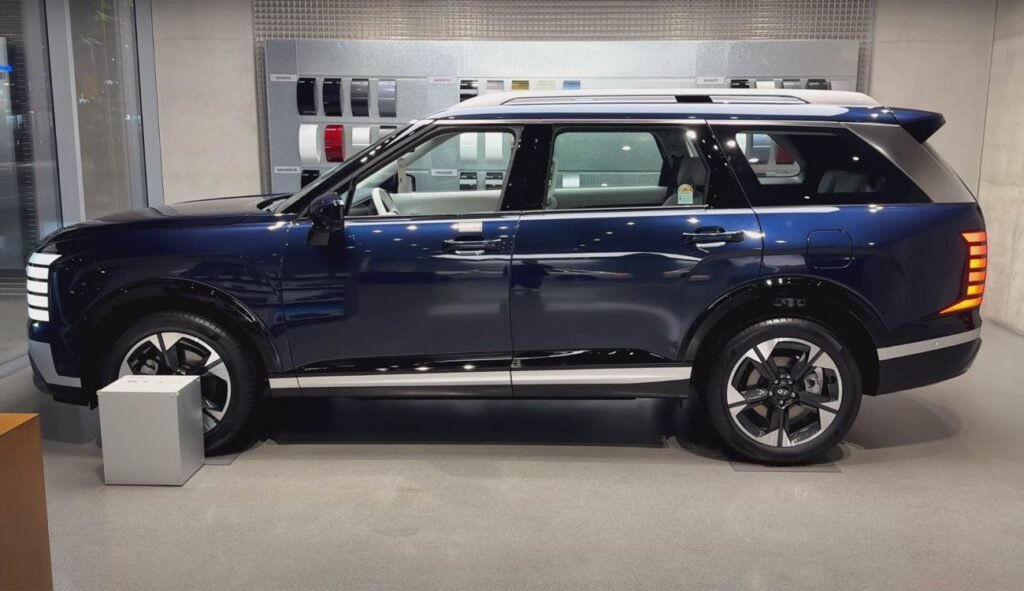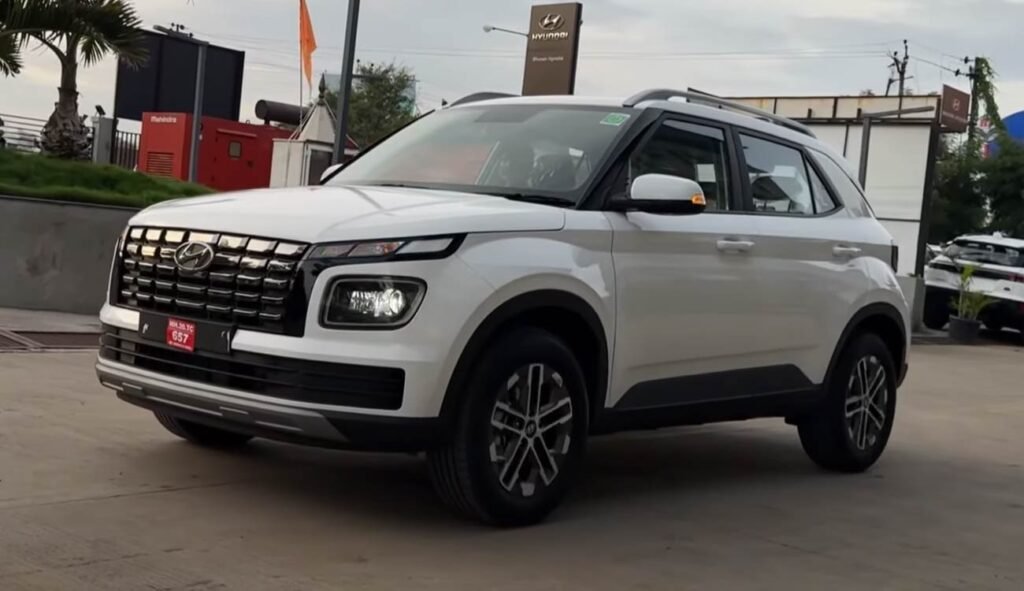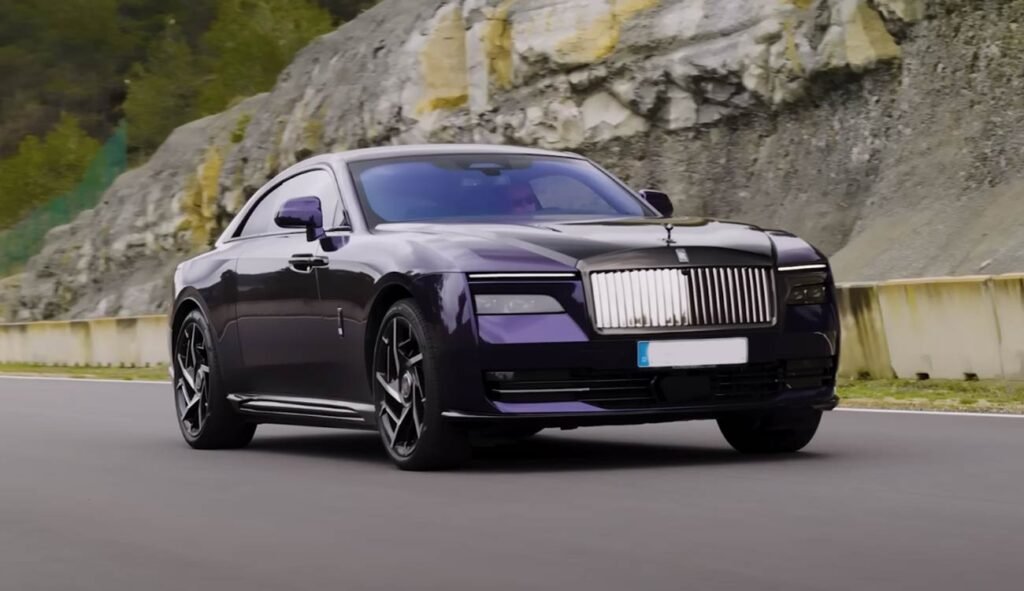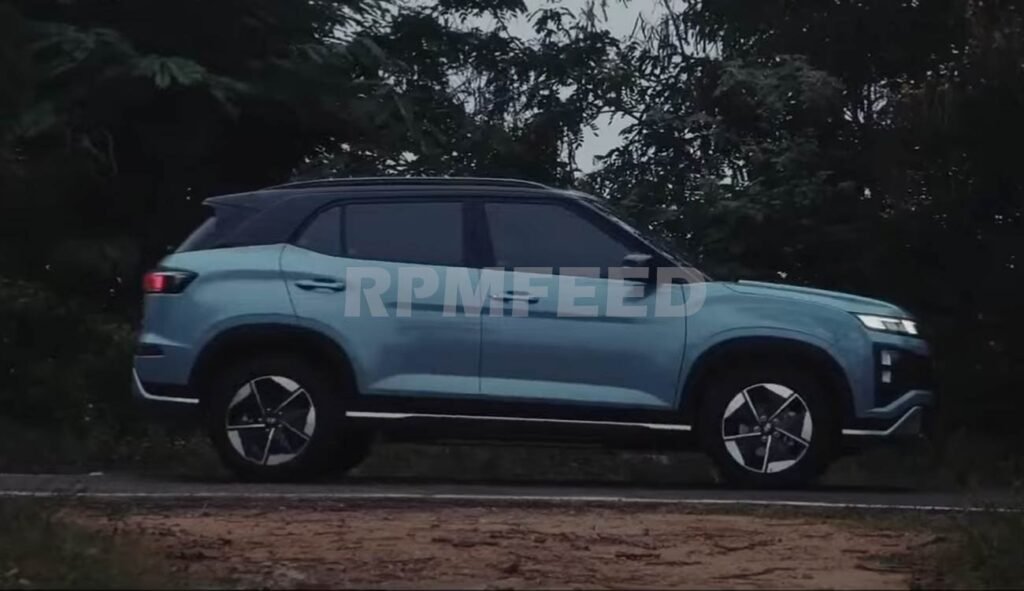The Indian automotive market is one of the largest in the world, filled with affordable, innovative, and consumer-centric vehicles. However, not every launch has been a roaring success. For every Maruti Alto or Tata Nexon, there are models that failed to leave the showroom floor, becoming lessons in what not to do when launching a car in India.
This blog explores some of the biggest flops in Indian auto history, why they failed, and the valuable insights manufacturers have gained through these setbacks. Buckle up as we take a drive down memory lane and look at vehicles that missed the mark.
What Makes a Car a “Flop” in the Indian Market?
Not every car that struggles to sell qualifies as a flop. A true automotive flop refers to a vehicle that dramatically underperforms compared to public expectation, investment, or branding. Here’s how a car can earn the “flop” label in India:
- Sales Figures: If the car sold only a fraction of the expected volume.
- Public Perception: Failure to resonate with consumers despite heavy marketing.
- Manufacturer Losses: When a model fails to recover development, production, and marketing costs.
- Market Mismatch: A car designed without understanding the Indian buyer’s needs, preferences, or spending habits.
Flops teach us some of the most useful lessons about what NOT to do in the future. Let’s review a few vehicles that couldn’t impress the Indian masses.
A Closer Look at the Biggest Auto Flops in India
1. Tata Nano – The “1 Lakh Car” That Lost The Plot

Hailed as the “People’s Car,” Tata Nano was launched with a promise of affordability, with a starting price of just ₹1 lakh. However, the car failed to become the cultural phenomenon Tata Motors had envisioned.
Why it flopped:
- Safety concerns due to limited features and cost-cutting measures.
- Positioning it as “cheap” made it less aspirational, while many Indians opted for pre-owned vehicles instead.
- Lack of quality refinement as compared to rivals like Maruti Suzuki Alto.
Lesson learned: Affordability shouldn’t compromise reliability or aspirational value.
2. Maruti Suzuki Kizashi – A Luxury Sedan That Went Nowhere

Maruti Suzuki jumped into the premium sedan segment with Kizashi, aiming to compete with brands like Toyota and Honda. Positioned as a luxury offering priced above ₹17 lakh, the Kizashi was a major commercial failure.
Why it flopped:
- High price point alienated Maruti Suzuki’s typical budget-friendly audience.
- Limited features and premium positioning didn’t justify its price tag.
- Lack of robust dealership support for such a niche premium model.
Lesson learned: Know your audience and build a vehicle that aligns with your existing brand perception.
3. Ford Mondeo – The Misfit Overseas Marvel

The Ford Mondeo was a global hit, but its launch in India in the early 2000s fell spectacularly flat. Strategically misaligned, Mondeo failed to capture a meaningful market share.
Why it flopped:
- Overpriced for the Indian market during its era (₹15 lakh+).
- High maintenance costs pushed buyers away.
- It lacked localization and failed to resonate with Indian driving preferences.
Lesson learned: Localization is key to success in emerging markets.
4. Hyundai Santa Fe – Good SUV, Wrong Timing

Hyundai’s Santa Fe entered India at a time when the SUV market was still niche and dominated by smaller, affordable models like the Mahindra Scorpio. Despite its premium performance, it struggled to find footing.
Why it flopped:
- Pricing was out of reach for typical SUV buyers (₹25 lakh+).
- Maintenance costs didn’t align with Hyundai’s budget-friendly image.
- Indian consumers preferred rugged designs over sophisticated ones.
Lesson learned: Timing is critical. Choose when to enter a market wisely.
5. Chevrolet Sail U-VA – Bland Hatchback, No Appeal

Chevrolet’s attempt to enter the hatchback market with the Sail U-VA fell flat. Though technically sound, it failed to win over the hearts of the masses.
Why it flopped:
- Uninspiring design that lacked excitement.
- Competing against brands like Maruti Suzuki, Hyundai, and Tata that offered better aesthetics and value.
- Chevrolet brand struggled to build trust in the Indian market, especially in after-sales service.
Lesson learned: Superior design and brand trust matter just as much as functionality.
Common Reasons Behind These Flops
While each car had unique reasons for its failure, here are some common themes that stand out across the board:
- Improper Market Research: Most of these vehicles were not aligned with Indian buyers’ preferences or needs.
- Excessive Pricing: Cars priced too high for the segment alienated value-conscious customers.
- Lack of Localization: No effort to adapt designs and features to the Indian context.
- Weak Marketing Strategies: Ineffective communication failed to create excitement around the launches.
- Poor After-Sales Service: Limited service centers and high maintenance costs eroded trust.
Lessons for Current and Future Manufacturers
Indian consumers are unique, and any car launch must address the following:
- Understand the Audience: Prioritize detailed market research to identify what consumers truly value.
- Balance Cost and Features: Focus on providing value—not just affordability, but also functionality and desirability.
- Brand Consistency: Don’t deviate drastically from what your brand represents. It’s hard to win consumer trust back.
- Anticipate Trends: Timing is everything. Predicting and aligning with market trends is essential for success.
- Focus on Sustainability: With EVs on the rise, eco-friendly and energy-efficient options are becoming a must-have.
What the Indian Auto Market Still Holds
These industry flops highlight how challenging the Indian auto market can be. However, they also demonstrate the potential for reward when manufacturers truly understand their audience. With the rise of electric vehicles and smart technology, now is an exciting time for innovation in this space.
